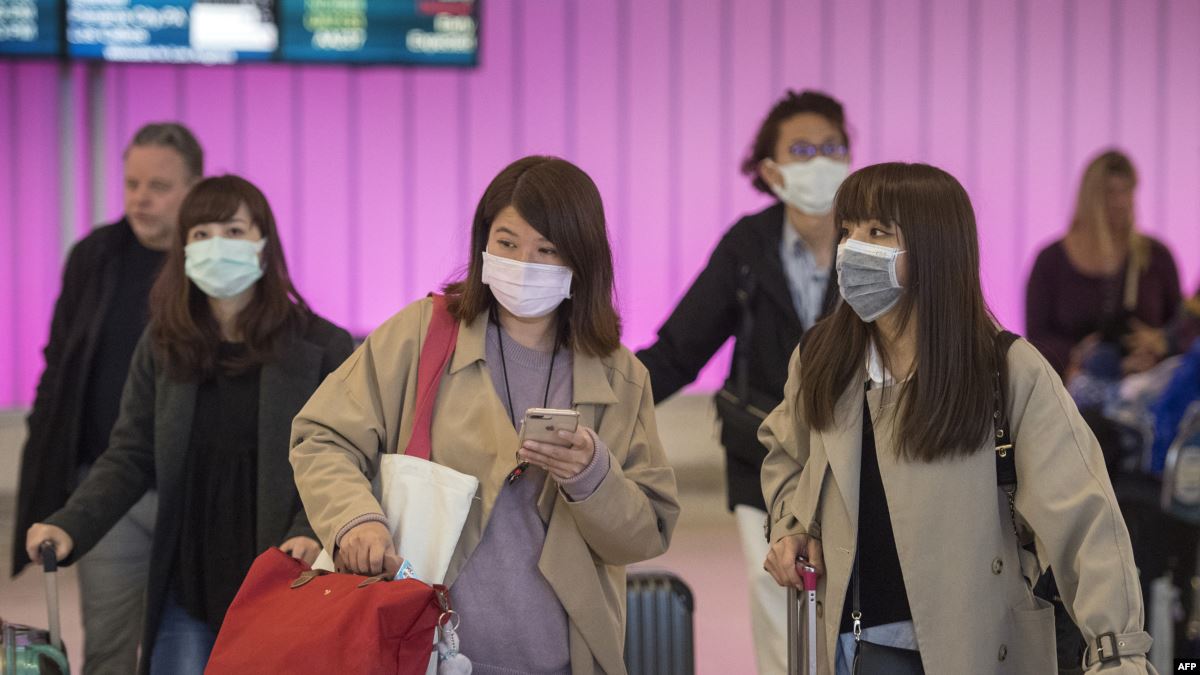Headaches are extremely common. In fact, the World Health Organization (WHO)Trusted Source estimates that nearly half of adults the world over will have a headache at some point this year.
Headaches usually go away without causing further problems. Even many chronic headaches, such as migraines and cluster headaches, aren’t considered signs of more severe, underlying problems. They may need to be treated to improve your life, but they won’t put your life at risk.
Nevertheless, if you experience any unusual symptoms, make immediate arrangements to visit a doctor or the emergency room (ER).
Headache that feels like head squeezing
The tension-type headache is the most common primary headache. It’s usually bilateral, which means that it affects both sides of the head. It’s commonly described as a squeezing sensation.
Tension-type headaches can be stress- or musculoskeletal-related. They can be treated with over-the-counter (OTC) pain medicationssuch as ibuprofen (Advil, Motrin) and aspirin(Bayer).
Headache accompanied by nausea, vomiting, or sensitivity to light and sound
These are common symptoms of migraine headaches. Migraines cause a throbbing sensation that usually occurs on just one side of the head.
They’re one of the top 10 causes of disabilityworldwide. They aren’t life-threatening, but they can severely impact your well-being.
If you’re experiencing migraines, it’s important for you to find out if there’s a cause. Migraines are most common in people 30 to 40 years old, according to The Migraine Trust. According to the Office on Women’s Health, around 75 percentTrusted Source of people affected by migraines are women.
Factors that can make a person more likely to experience chronic migraines include:
- obesity
- diabetes
- depression
- hypertension
- stressful life events
A variety of prescription drugs are available to treat migraines. Other treatments include OTC painkillers such as Excedrin Migraine and alternative methods such as acupuncture and herbal remedies.
Headache that wakes you up
Being woken by head pain is a common symptom of cluster headaches. These are also known as alarm clock headaches. Like migraines, cluster headaches occur most often on just one side of the head.
Cluster headaches happen in patterns called cluster periods, during which time the pain can be quite intense and prevent you from sleeping. Sometimes cluster headache pain is centered around one or both of the eyes.
Cluster headaches are generally not life-threatening. However, they can be debilitating, so you’ll want to find out the underlying cause.
Headaches that wake you from your sleep can also be caused by medical conditions such as high blood pressure, sleep apnea, and brain tumors. Depression and caffeine withdrawalcan also cause cluster headaches.
Cluster headaches are most likely to affect people between 20 to 50 years old and men, according to the Mayo Clinic.
Home remedies that may bring relief include magnesium supplements, melatonin, and capsaicin cream. Other treatment methods include supplemental oxygen, triptan medications, and the intravenous medicationdihydroergotamine (DHE).
Headache with a fever or stiff neck
A headache combined with a fever or a stiff neck may indicate encephalitis or meningitis. Encephalitis is inflammation of the brain, while meningitis is inflammation of the membrane that surrounds the brain.
When due to severe infection, either condition can be fatal. A compromised immune system, diabetes mellitus, and use of immune-system suppressing medication can make you more susceptible to these infections.
These infections must be treated immediately with intravenous antibiotic therapy.
Thunderclap headache
A thunderclap headache is an extremely severe headache that comes on rapidly. It’s sometimes called a lone acute headache. It develops in 60 seconds or less and causes intense pain.
Thunderclap headaches can be caused by bleeding in the brain after an arterial aneurysm rupture, stroke, or other injury.
Pain from thunderclap headaches might occur anywhere on your head and extend to your neck or even areas of your lower back. The intense pain can last for an hour or more, and might be accompanied by dizziness, nausea, or loss of consciousness.
Meningitis, encephalitis, and brain tumors can cause thunderclap headaches. Hypertension is a more common cause.
The treatment for this kind of headache will depend on the cause. It’s important to speak to a doctor immediately if you have a headache that reaches peak intensity in a minute or less and doesn’t subside.
Headache after a head injury
Any head trauma that causes a headache requires prompt medical attention. A headache after any kind of impact to the head can indicate a concussion.
Concussion is a particular risk if the headache continues to worsen after the injury. Even a minor fall or bump to the head can result in potentially life-threatening bleeding in the brain.



